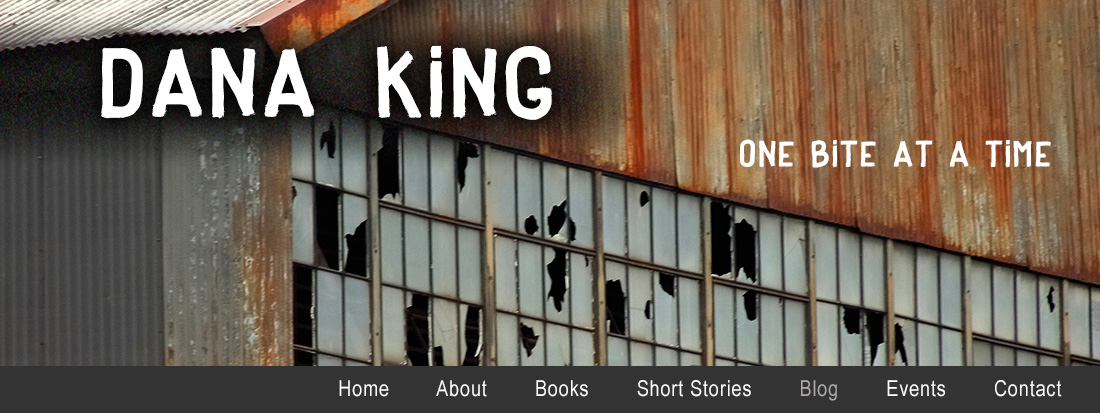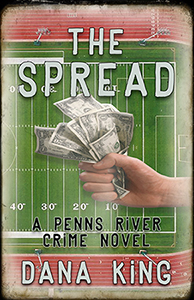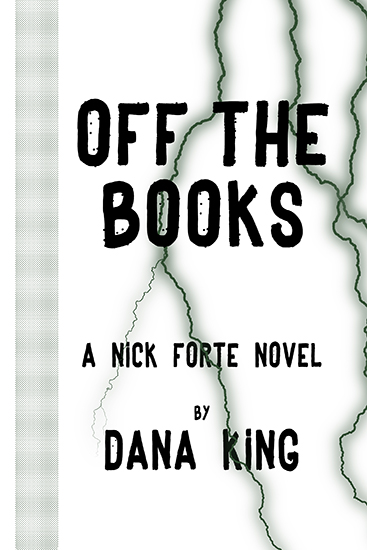There is only one
generally accepted way to write: put your ass in the chair and get at it. The
consensus breaks down after that.
I used to be a
dedicated outliner. More than outlines; treatments. I remember a 30-page
document written in full paragraphs for an early effort. Maybe the original
Nick Forte, the one that (thankfully) didn’t sell before I decided to take the
character in a different direction. (That doesn’t mean I’m not still carrying a
torch for the publisher that jacked me around on an “exclusive” for two years
before blowing me off with a two-sentence, grammatically incorrect rejection.
But I digress.) Not one of James Ellroy’s 700-page monstrosities that are
actually longer than the book, but still pretty detailed.
I went back and
forth about this for a long time. Friends argued in favor of the virtue of
being as surprised as the reader would be when a new plot point developed on
the screen before me. I tried it a few times. Threw away tens of thousands of
words, though I admit I was as surprised as any reader would be at how shitty
the results were.
Around this time I
read a nifty little book called Making
Story: Twenty-One
Writers on How They Plot. Not just 21 authors rounded up from in front of Home Depot looking for
day jobs as stringers, either. The contributors included names such as Michael
Stanley, Kelli Stanley, Yrsa Sigurdardottir, Zoe Sharp, Stephen Jay Schwartz,
Timothy Hallinan, Leighton Gage, Bill Crider, and many more. (Thirteen more,
for those counting.) This would be the mother lode, I figured, prepared to
alter whatever needed altering in order to move my stories forward.
I was right about
it being the mother lode, and I learned a key lesson I might not otherwise have
come to. Not only was there no consensus, there were 21 different ways to go
about it, and they obviously all worked. I say 21 only because there were 21
authors in the project. Had 30 been asked, I’m sure the number would have been
30.
After a brief
disappointment over not having found The Way™ I realized this was a completely
liberating experience: what worked for one book might not work for the next and
that some amalgam of the two could be the best way to write the third. My
outlines contained less detail as I went, eventually shrinking to a
brief—sometimes single-sentence—description of what needs to happen in each
chapter. How it would happen was a game time decision.
I was delighted to
be on a panel at the 2015 Creatures, Crimes, and
Creativity conference to
discuss the merits of plotting vs. pantsing, having thought on it a lot. (For
the uninitiated, a “pantser” is an author who does not outline and “writes by
the seat of his or her pants.”) I shared the panel with Weldon
Burge and Sandra Campbell.
Weldon and I were confirmed plotters. Sandra described herself as a “plantser:”
half plotter, half pantser. By the end of the hour she had convinced us both
that plantsing was the way to go.
I’ve written one
book since then. (Nick Forte Volume 5, Bad
Samaritan, yet to be released.) Right now I’m early in the second draft of
the next Penns River story, working title Small
Town Crime. Both had even sketchier outlines than my recent practice, often
no more than a line per chapter. Among the benefits of a Word table is its
ability to infinitely expand and to be easily re-ordered. Now an outline I
would have adjusted a story to suit a few years ago is a living document. I
have it up at the same time as the manuscript and it’s rare I go more than a
few days without skipping back to the outline to add something that came to me
as I typed up the draft and knew I’d want to use.
I read a few years
ago that Raymond Chandler never edited drafts; he re-wrote them on clean sheets
of paper, rephrasing everything. I tried that with Bad Samaritan and don’t see where it did anything but delay the
process, given my shitty typing. (Just because Chandler did it doesn’t make it
right. He drank to excess, had Mommy issues, and was a self-pitying pain in the
ass, so I don’t feel all that bad about not slavishly following his example.) In
Small Town Crime I rewrote the
outline before starting the second draft. Quicker than re-typing everything,
and easier to maintain an overview of what’s important.
What’s fun is that
I thought of this just now, as I was writing this blog post. (Note: The
Space-Time Continuum is intact. I wrote this post a couple of weeks ago.) Thanks
to the 21 authors in Making Story and
Sandra Campbell’s advocacy of plantsing, I’m now comfortable to try something
different every time, even change horses mid-stream. Maybe it works. Maybe it
doesn’t. What’s the worst that can happen? I’ll learn something.
Fortunately those
of you who actually read this know that’s sarcasm. Learning something is always the best-case scenario.




No comments:
Post a Comment